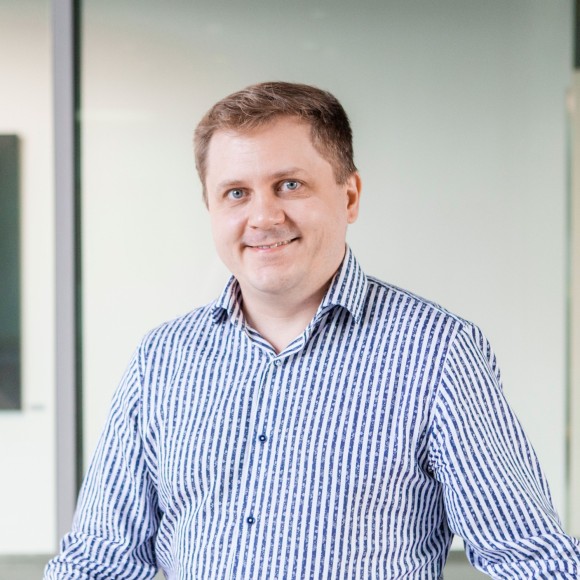
Demand for health and life sciences technology is growing and the sector offers completely new types of opportunities for improving health and wellbeing. It also offers chances for growth and internationalisation. Finland has the expertise, projects and interest needed for this, but there is room for improvement in growth-stage risk financing.
Tesi’s recent market research survey shines a spotlight on Finland’s health and life sciences sector and the financing available to it. We asked Joni Karsikas, Tesi’s Investment Director, more about the subject.
What does the term health and life sciences really mean in this context?
The market can be segmented into 3-4 subsectors, so for example Biotech & Life Sciences, Medical Technologies, and Digital Health. The sector is extremely diverse and encompasses a multitude of very heterogeneous companies, and there can be significant differences between the companies, even within a same subsector. And all the subsectors are, in their way, different worlds that share some similarities.
Is there a market bottleneck in the health and life sciences sector and if so, what sort?
I see an obvious bottleneck in the market and, from the investor viewpoint, also a huge opportunity. The sector is slow-moving and, for good reason, heavily regulated so an in-depth understanding of it demands a lot from an investor. Some companies can be commercially scaled very quickly while, correspondingly, many need time to build a strong clinical record.
There seems to be a particular bottleneck in heavy clinical evidence requiring themes and after smaller seed financing rounds. Companies need a certain level of maturity to progress to later-stage financing. But these bottlenecks and opportunities aren’t limited to just one or two narrow themes. The whole sector is highly interesting.
How does Finland’s situation differ from the rest of the world?
Continental Europe, for example, seems to have a more mature ecosystem in terms of both its companies and its investors. For that reason, there are sector-focused funds in earlier stages. These funds find a high-quality deal flow in the domestic market, and the threshold for geographical expansion can be high.
Later-stage funds operate over a larger geographical area, but the criteria are already high in this phase. Of course, it helps if a company is on the radar of larger investors – for instance, after receiving capital from early-stage investors with a good reputation. A recent feature in Finland worth mentioning is that angel investing and crowdfunding account for an exceptionally high proportion of the sector’s investments. The data gathered by Tesi shows that last year one-half of the euros invested in the sector came from angel investors or crowdfunding.
What role does Tesi play in financing the health and life sciences sector?
Most of our capital is in fund investments, which is the most logical channel for developing the local investment ecosystem. Many Finnish funds keep their eye on this sector, amongst others, so that’s important. On the other hand, Nordic sector-focused funds are also interesting because discerning capital can be funneled into the market through them.
As for direct investments, we enable investment rounds as a minority investor, which I believe lowers the threshold for the lead investor’s investment decisions. Health and life sciences is special focus area for us, and we try to supplement the market and alleviate bottlenecks. In practice, should there be quality investor syndicate we’re able to make investments a little earlier than the venture capital phase.
How can more venture financing be made available to the sector?
The quality of companies and their proven record play a significant role. Also, capturing the interest of quality investors in the sector and in the country can help. Accumulating one’s own understanding and experience of the sector is important, while attracting international investors to the market at earlier stages will advance the ecosystem.
Certain themes are still held back by past failures. The sector has seen some profitable exits recently, which should bolster investor confidence and interest. Success feeds interest in both the sector and Finland.
Additional information:
Joni Karsikas, Investment Director
joni.karsikas@tesi.fi
+358 40 827 0395
Tesi (Finnish Industry Investment Ltd) is a state-owned investment company that wants to raise Finland to the front ranks of transformative economic growth by investing in funds and directly in companies. We invest profitably and responsibly, together with co-investors, to create the world’s new success stories. Our investments under management total 2.1 billion euros. www.tesi.fi | @TesiFII


